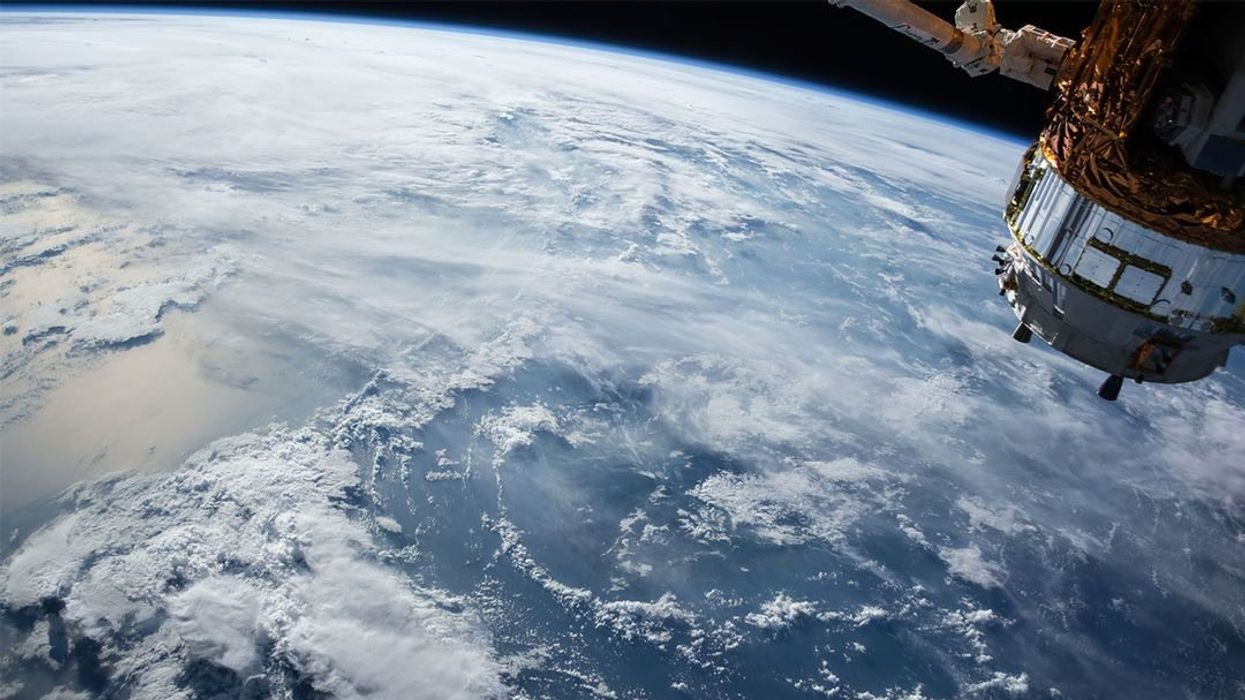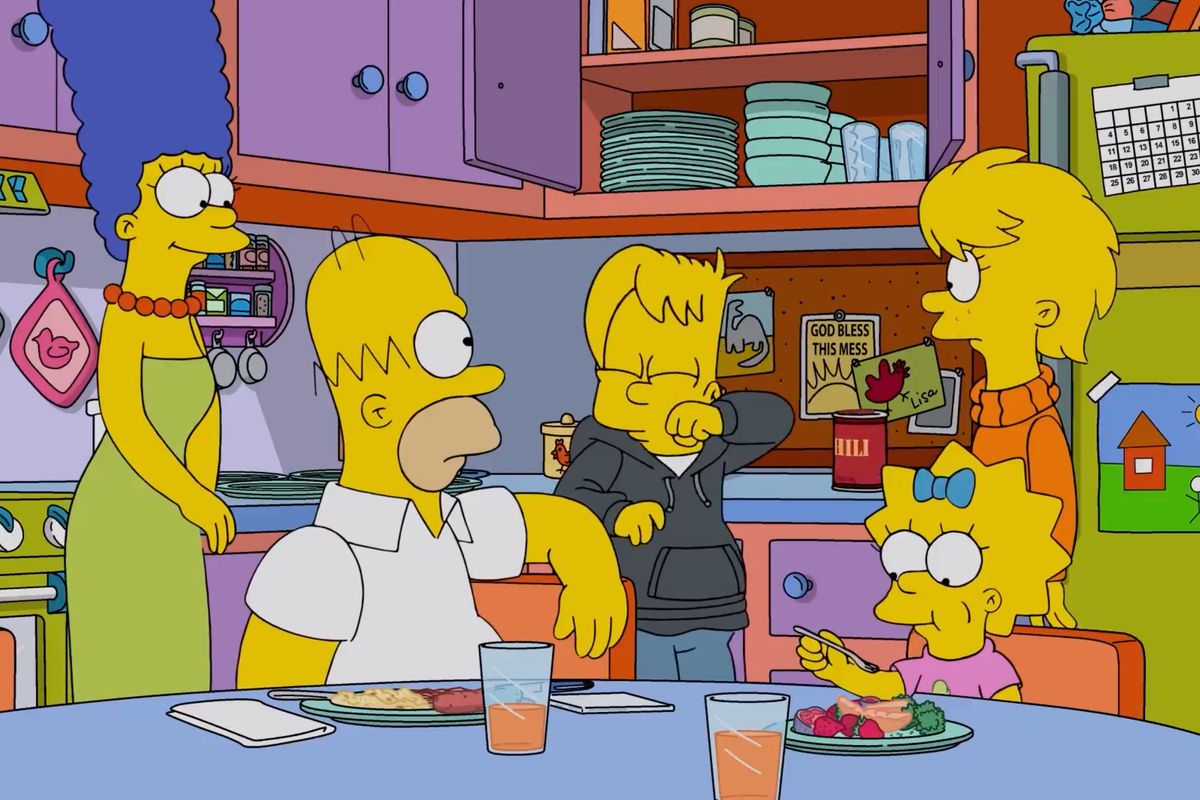Harry Fletcher
Sep 13, 2023
Rediscovering Our History Through Archaeology from Space
Underknown - INSH / VideoElephant
Space travel might be a relatively modern phenomenon, but a pair of ancient human ancestors are getting to experience it too – albeit two million years after their death.
The remains of a hominin species called Australopithecus sediba which date back two million years have been blasted into space as part of the Virgin Galactic’s spaceship, VSS Unity.
The remains of a 250,000-year-old species named Homo naledi was also included in the craft, which was sent into space on September 8.
Bone fragments from the two ancient skeletons were taken into orbit by Professor Lee Berger.
They reached a height of around 50,000 feet by the VMS Eve mothership before being separated from the VSS Unity spaceship.
Berger said: “The journey of these fossils into space represents humankind’s appreciation of the contribution of all of humanity’s ancestors and our ancient relatives.
“Without their invention of technologies such as fire and tools, and their contribution to the evolution of the contemporary human mind, such extraordinary endeavors as spaceflight would not have happened.”
Berger’s son, Matthew Berger, who was a part of the discovery of the remains as a child went on to explain the significance of the unusual cargo, saying: “These fossils represent individuals who lived and died hundreds of thousands of years ago, yet were individuals who likely gazed up at the stars in wonder, much as we do,”
“I imagine they never could have dreamed while alive of taking such an incredible journey as ambassadors of all of humankind’s ancestors.”
Sign up for our free Indy100 weekly newsletter
Have your say in our news democracy. Click the upvote icon at the top of the page to help raise this article through the indy100 rankings
Top 100
The Conversation (0)














